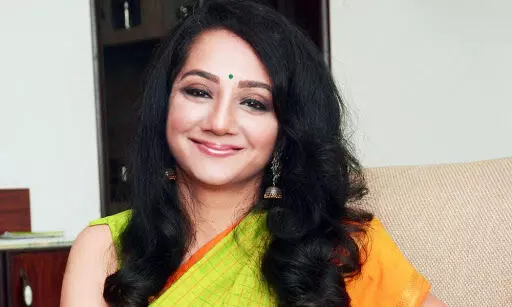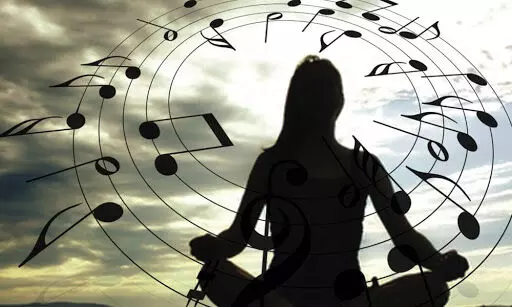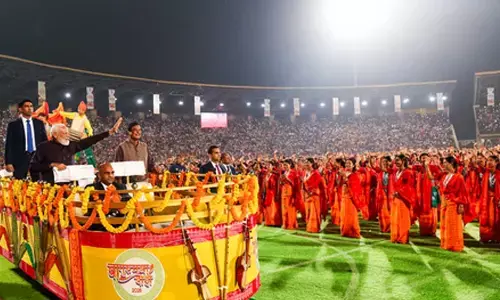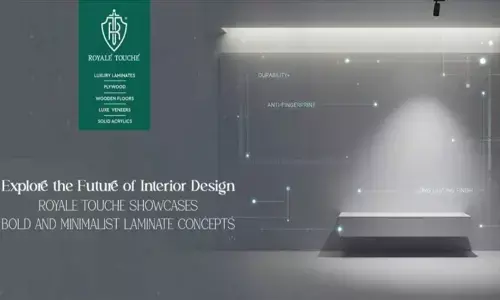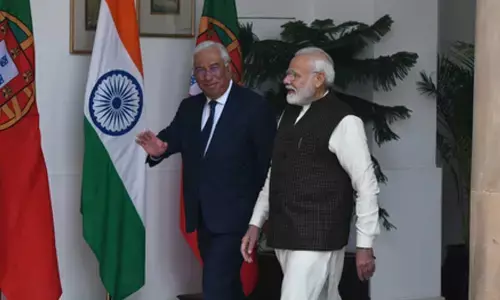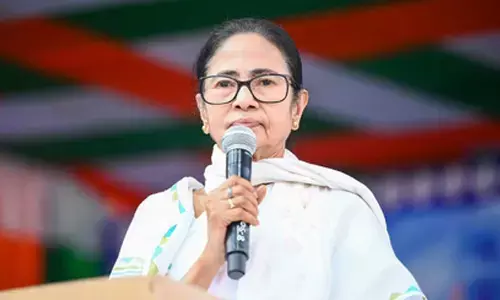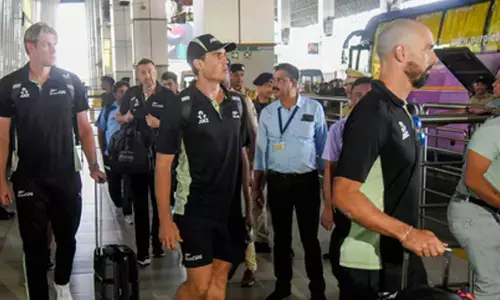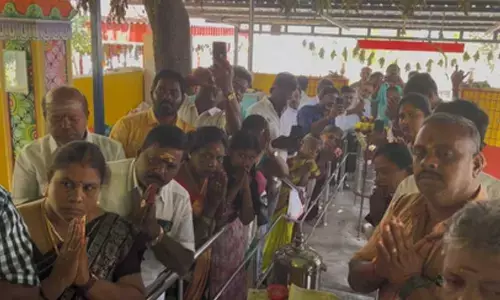Raagas for the Mind, Body & Soul
Even modern researchers and musicologists are doing work in this area. A recent research paper dealt with the emotive power of Raagas, and confirmed its ability to evoke a range of emotions, from joy to sadness, in the listeners
Indian Classical Music Raagas, or melodic structures, have an uncanny ability to connect with a person's emotions in a nuanced way that cannot be matched by conventional language forms
They say that language cannot do justice to expressing the wide gamut of human emotions. I agree, since human emotions are complex and layered. It is no surprise that it is almost impossible to capture feelings exactly through words, irrespective of language.
Nevertheless, for many reasons, being able to find a way for our emotions to connect with someone or something outside of ourselves is essential. Connecting emotionally to people or to experiences enables us feel a sense of oneness and inclusion. This is an effective antidote to feelings of isolation and alienation. Connecting emotionally to another person, or being able to feel an emotion collectively, also allows us to shed our pent-up negativity and clear out emotional baggage. And of course, it enables us multiply and radiate feelings of happiness and joy.
So, anything that allows us to connect our inner world with the inner world of others, or with experiences outside of ourselves, can be powerfully therapeutic. But if language cannot do full justice to this, then what can?
The answer to this lies in a sight that you would have seen at many music concerts, classical music concerts in particular, and that is the sight of people being transported to an emotional realm that immerses them completely.
Indian Classical Music Raagas, or melodic structures, have an uncanny ability to connect with a person's emotions in a nuanced way that cannot be matched by conventional language forms. The reasons for this may be attributable to its organic and spiritual roots.
Indian Classical Raagas have come about through a beautiful organic and evolutionary process. It is believed that Indian Classical Music owes its origins to the Samaveda, and through it, to the primordial sound of creation, also known as sound of 'Brahm'. From the Samaveda were born the seven notes of the Indian Classical Music system. Through the process of what is known as 'GramaMoorchana', Raagas were born, and these are widely sung by classical musicians to this day. In addition, it is believed that the seven notes mirror the sound of birds and animals, and this is another testament to the organic nature of Indian Raagas. This is also why, in Hindustani classical music, Raagas correspond to seasons and times of day. The notes in these Raagas correspond to the mood and the human emotive state at that time of day.
For example, RaagBhairav is an early morning Raag. Its tranquil, deep and peaceful mood resonates with the beauty of anticipation of sunrise and the calm after a long night of sleep.
RaagYaman, a night Raag, embodies the beauty of starry nights, and the joy and pleasure of experiencing that beauty.
RaagBrindabaniSarang, an afternoon Raag, echoes the vibrance of the sun at its brightest, and the human emotion that mirrors that state.
The cathartic relief of farmers when they experience the first drops of rain after a long drought is captured in another beautiful Raag, RaagMalhar, the majestic Raag of the monsoons.
With the number of Raagas exceeding hundreds, and new Raagas being continuously composed by classical musicians, one can imagine the gamut of emotional experiences a person can feel when they sing, hear, play or engage in any Raaga. There is endless potential to use this to access people's inner lives, and to allow deep connections to happen. It holds enormous power to allow people to cross cultural, socioeconomic and language barriers and truly befriend each other. The blood that flows in all our veins is the same color, as are the myriad emotions that we experience as human beings. Raagas can allow us to access that commonality, and allow it to translate to oneness, camaraderie and brotherhood.
RaagaChikitsa, or healing through Raagas, has been mentioned in ancient texts as a means of supportive therapy to ayurvedic practices. It is believed that Raagas correspond to different chakras or energy centres of the human body. When the energy balance is disturbed in any of the chakras, diseases are believed to be born.
Even modern researchers and musicologists are doing work in this area. A recent research paper dealt with the emotive power of Raagas, and confirmed its ability to evoke a range of emotions, from joy to sadness, in the listeners. Widely done experiments are increasingly suggesting that Raagas have immense impact on pain alleviation, moods and autism spectrum disorders.
This is a gift we own, a treasure we sit on, with tremendous potential that we can harness to heal ourselves. We can use Raagas to emote collectively, to transform our emotional state, and to allow nostalgia and memory to take us back to our childhood and to simpler times.
Raagas have enormous potential to heal and transform us. It is about time we tapped into it. Let us do ourselves a wonderful service first, for healing from within is the way to heal the world.
- The writer is the founder of Music Vruksh. She is a vocalist with 3 decades of training in Hindustani and Carnatic classical music and uses classical music for helping stimulate creativity, improve concentration and reduce stress and achieve mindfulness among both the young and working professionals


